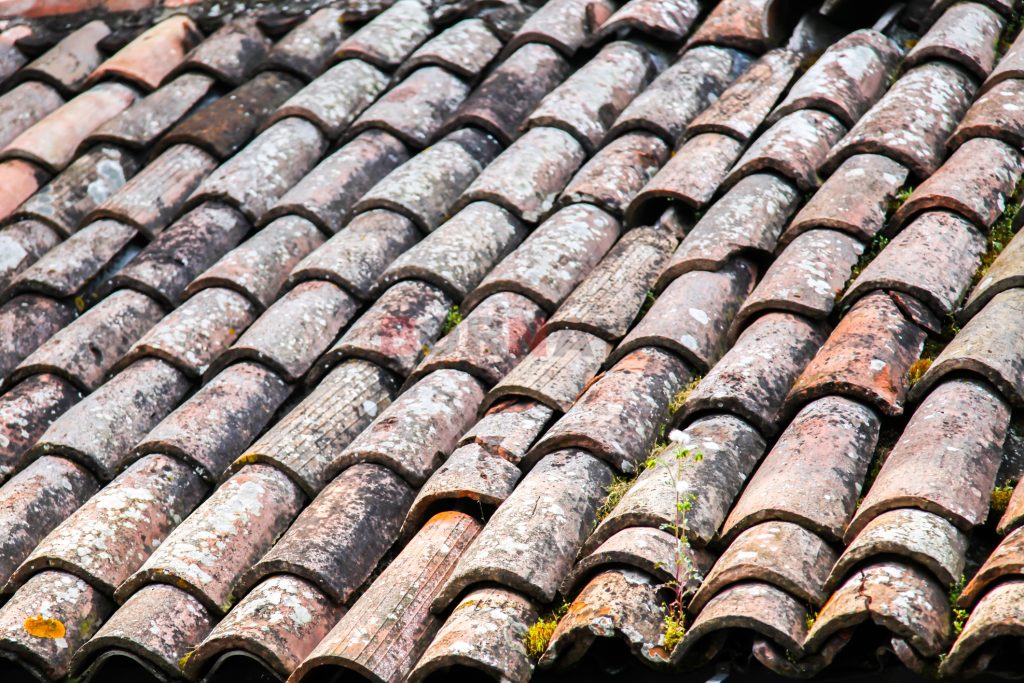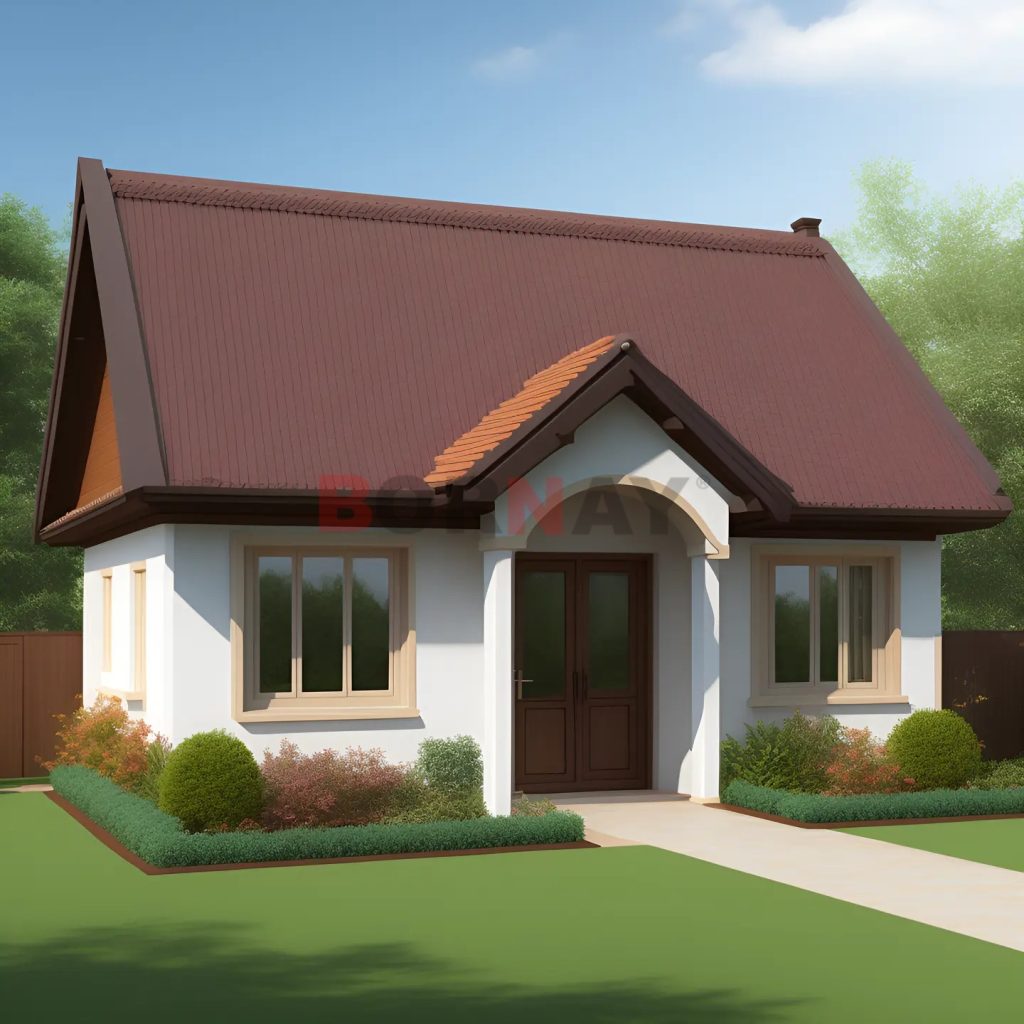bonai@tilefrp.com
From Traditional Building Materials to Modern Innovation: The History of FRP Roof Panels

Over the centuries, humans have constantly sought new and improved building materials to meet their evolving needs. One such material that has revolutionized the construction industry is Fiber Reinforced Polymer (FRP). Among its various applications, FRP has played a significant role in roofing systems, providing enhanced durability, strength, and design versatility. Let's delve into the fascinating history of FRP roof panels and how they have transformed the way we build and protect our structures.

The origins of FRP can be traced back to ancient civilizations, where natural fibers such as straw, reeds, and grass were used to reinforce building materials. These natural composites offered increased strength and stability to structures, making them more resilient to the elements. As time progressed, the idea of reinforcing materials with fibers gained traction, leading to the development of modern composites.In the mid-20th century, advancements in polymer science paved the way for the development of synthetic fibers and resins, which served as the building blocks for FRP. The combination of high-strength fibers, such as fiberglass, carbon, or aramid, with a polymer matrix, created a composite material with exceptional mechanical properties. This breakthrough led to the birth of FRP and its subsequent applications in various industries, including construction.When it comes to roofing, FRP panels offer a multitude of advantages. Firstly, their lightweight nature makes them easy to handle and install, reducing labor costs and construction time. Additionally, FRP roof panels exhibit excellent resistance to corrosion, UV radiation, and extreme weather conditions, ensuring long-lasting performance and minimal maintenance.Moreover, FRP panels provide exceptional design flexibility. They can be molded into various shapes, sizes, and colors, allowing architects and designers to unleash their creativity and achieve stunning architectural aesthetics. Whether it's a curved roof, skylight, or translucent panel for natural lighting, FRP offers endless possibilities.Another crucial aspect of FRP roof panels is their high strength-to-weight ratio. This means that despite being lightweight, they possess remarkable structural integrity and can withstand heavy loads and impacts. This characteristic makes them an ideal choice for industrial, commercial, and even residential buildings, where durability and safety are paramount.Furthermore, the sustainability factor of FRP cannot be overlooked. These panels are recyclable and have a significantly lower carbon footprint compared to traditional roofing materials. By opting for FRP, builders and homeowners can contribute to environmental conservation while enjoying the benefits of a durable and energy-efficient roofing system.

In conclusion, the history of FRP roof panels showcases the evolution of building materials from traditional solutions to modern innovations. Through advancements in fiber technology and polymer science, FRP has emerged as a game-changer in the construction industry. Its exceptional strength, durability, design versatility, and sustainability have made it a preferred choice for roofing systems worldwide. As we look towards the future, it's exciting to imagine the further advancements and possibilities that FRP will bring to the world of architecture and construction.



